Corporate Office:
20 Corporate Park Drive, Suite 150
Pembroke MA 02359
Cambridge, MA Office:
2534 Massachusetts Ave,
Cambridge, MA 02140
Secured Environments Pest Control and Wildlife Services is a professional and reliable provider dedicated to ensuring pest-free and safe environments. With a commitment to excellence, our team employs state-of-the-art techniques and environmentally friendly solutions to address a wide range of pest and wildlife challenges.
Our comprehensive services encompass pest prevention, control, and removal, covering insects, rodents, and other nuisance wildlife. We understand the importance of creating secure and hygienic spaces for both residential and commercial clients, and we tailor our solutions to meet specific needs.
Our highly trained and certified technicians prioritize safety and efficiency in every job, utilizing industry-leading practices to deliver effective results. Whether it's managing common household pests or dealing with more complex wildlife issues, Secured Environments Pest Control and Wildlife Services strives to provide peace of mind through reliable and customized solutions.
Customer satisfaction is at the core of our business philosophy, and we aim to build lasting relationships by delivering quality services with integrity and professionalism. Trust Secured Environments to safeguard your surroundings and create a pest-free and secure environment for you, your family, or your business.
Mice are the #1 Pest Control we deal with.
The house mouse (Mus musculus) is considered one of the most prevalent and problematic pests, earning its status as the number one pest in many urban and suburban settings. These small rodents are highly adaptable and thrive in various environments, making them a common nuisance in homes, businesses, and agricultural settings.
House mice are prolific breeders, with a rapid reproductive rate that allows their populations to grow quickly. They can squeeze through tiny openings, making it easy for them to access buildings and find shelter in walls, attics, basements, and crawl spaces. Their ability to gnaw through materials poses a threat to structures and can lead to significant damage.
Aside from structural concerns, house mice are carriers of various diseases, posing health risks to humans. They can contaminate food, surfaces, and utensils with their feces, urine, and saliva, potentially transmitting harmful pathogens. Additionally, their constant gnawing can damage electrical wiring, creating fire hazards.
Effective control measures for house mice involve a combination of exclusion, sanitation, and the use of traps or rodenticides. Swift action is crucial in managing infestations and preventing potential health and safety issues associated with these persistent pests.
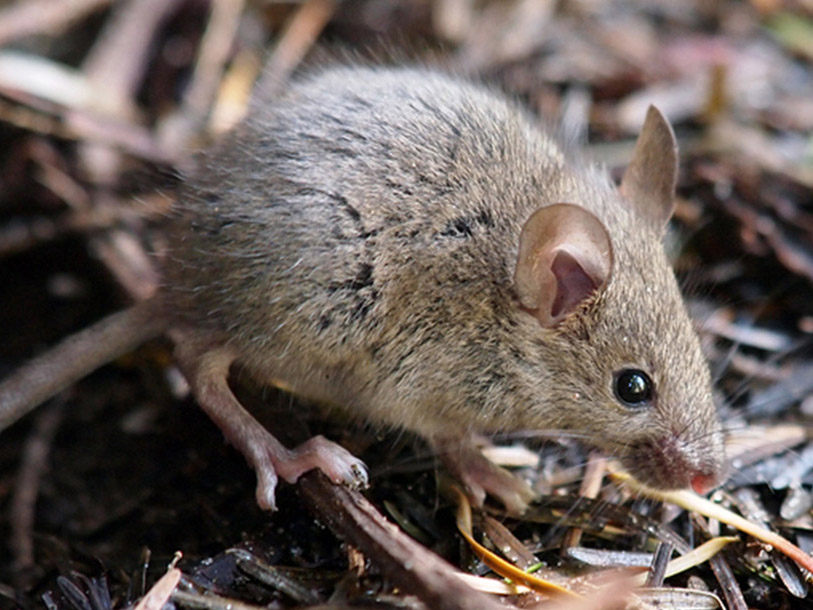
Rat infestations have been on the increase.
The increase in Norway rat (Rattus norvegicus) infestations is a cause for concern due to the persistent nature of these rodents and the potential risks they pose. Norway rats, also known as brown rats, are prolific breeders and opportunistic feeders, making them highly adaptable to various environments. Factors like ubanization and habitat changes, food availability, climate conditions, efficient reproduction, and resistance to control measures.
Addressing the increase in Norway rat infestations requires a comprehensive approach, including proper sanitation practices, effective waste management, and the use of updated pest control methods. Collaborative efforts between communities, pest control professionals, and public health agencies are crucial to managing and preventing the proliferation of Norway rats in urban and suburban environments.
Rats carry many diseases including Salmonella and Leptospirosis.
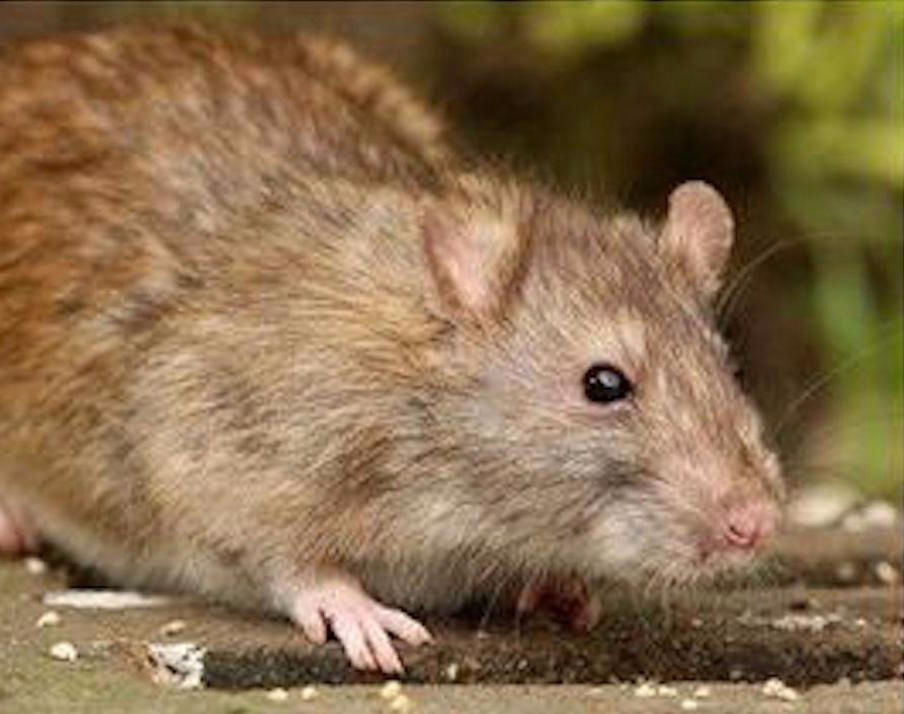
Three most common ants in the Northeast.
The Northeast is home to three prevalent ant species, each with distinct characteristics and behaviors. Understanding these common ants—Carpenter ants, Pavement ants, and Pharaoh Ant—is essential for effective pest management in the region.
Carpenter ants (Camponotus) are a common nuisance in households, known for their wood-damaging habits. Unlike termites, they do not consume wood but excavate it for nesting. Identifying and addressing carpenter ant infestations promptly is crucial to prevent structural damage.
Pavement ants (Tetramorium caespitum) are prevalent in urban environments, often seen nesting in cracks and crevices of sidewalks and pavements. Recognized by their small size and dark color, these ants are attracted to a variety of food sources. Managing and preventing pavement ant infestations involves addressing both outdoor and indoor nesting sites.
The Pharaoh ant (Monomorium pharaonis) is a tiny but persistent household pest known for its preference for warm and humid environments. Recognizable by their light coloration, these ants pose a challenge as they quickly establish nests in hidden spaces, making eradication difficult. Effective control measures are essential to manage Pharaoh ant infestations and prevent their rapid spread.
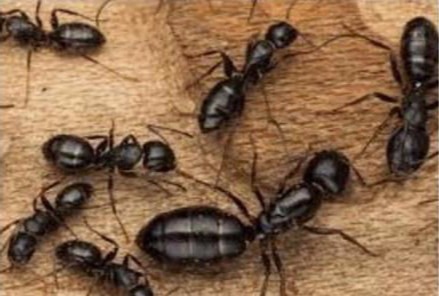
Roaches can be a serious health hazard.
Roaches can pose a serious health hazard as they are carriers of bacteria, allergens, and pathogens. These resilient pests thrive in unsanitary conditions and can contaminate food, surfaces, and indoor air quality, potentially causing respiratory issues and allergic reactions. Swift and thorough pest control measures are essential to mitigate the health risks associated with roach infestations.
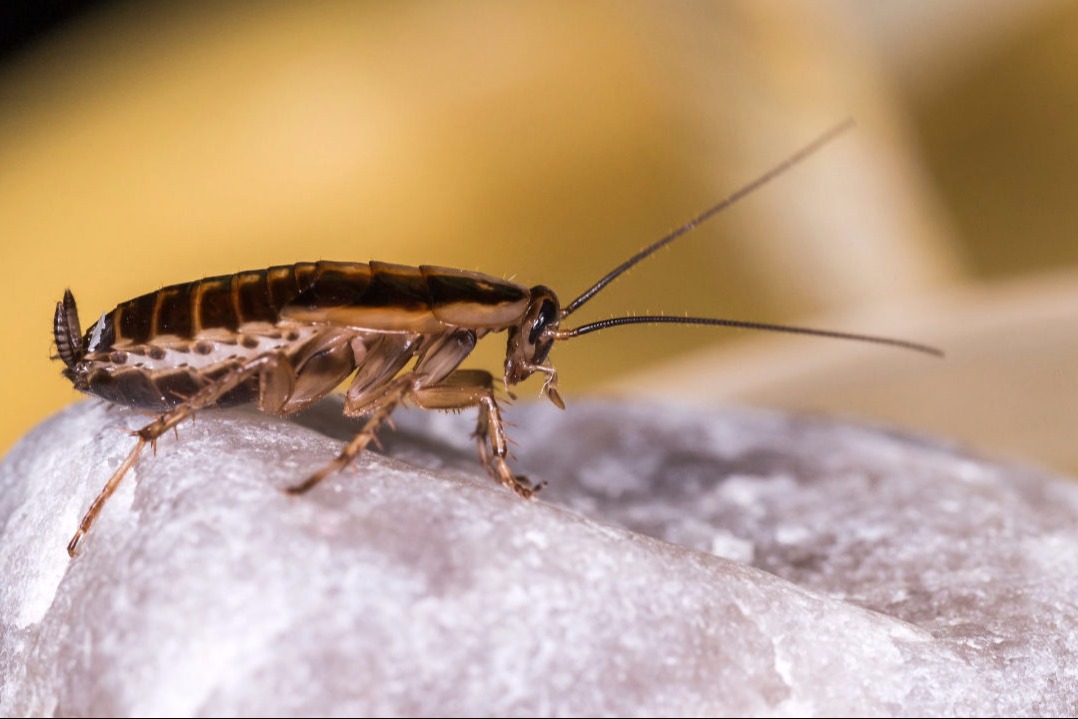
Bedbugs are an increasing health issue.
Bedbugs are emerging as a growing health concern due to their resurgence in various settings. These blood-feeding insects can cause itchy bites and have been linked to mental health issues such as anxiety. Effective prevention and control measures are crucial to address the increasing health risks associated with bedbug infestations.
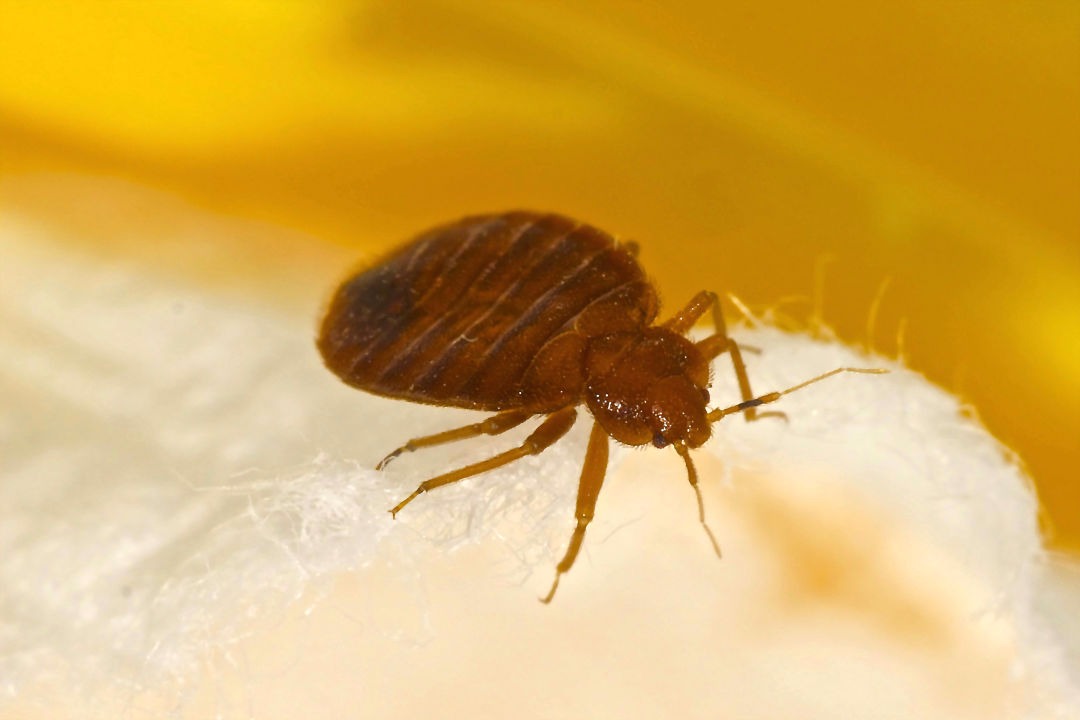
Wasps, Hornets, and Bees are a painful nuisance.
Wasps, hornets, and bees can become a painful nuisance as their stings can cause discomfort and, in some cases, severe allergic reactions. These flying insects, while beneficial to ecosystems, may pose a threat when their nests are in close proximity to human activities. Awareness and appropriate pest management are essential to mitigate the risk of painful encounters with these stinging insects.
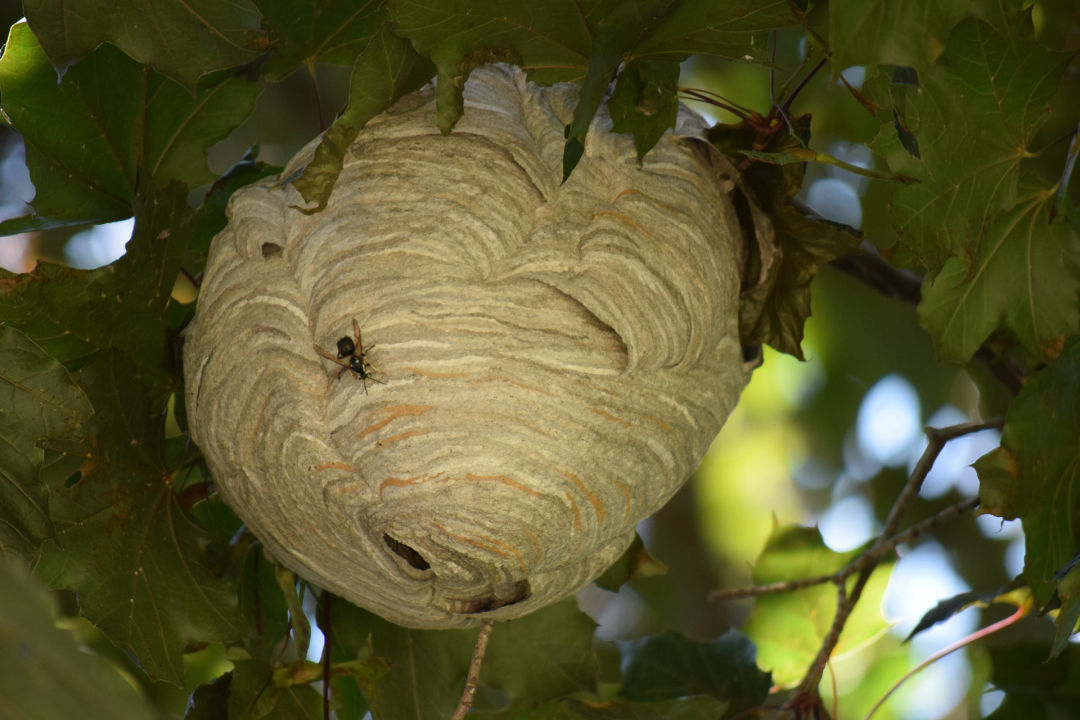
Have a pest that you Can Not identify?
We are here to help! Send us a photo at Secured Environments Pest ID or Contact Us!